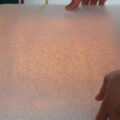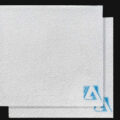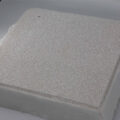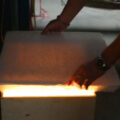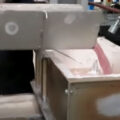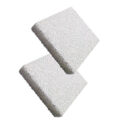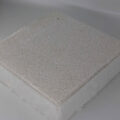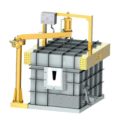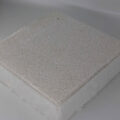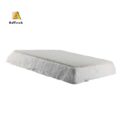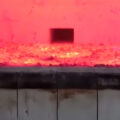Filtering of Molten Aluminum is a method of removing impurities by letting the aluminum alloy melt pass through a filter made of neutral or active materials, so as to separate solid inclusions suspended in the melt. According to the filtering properties, it can be divided into two categories. The filtering method of molten aluminum can be divided into surface filtering and deep filtering.
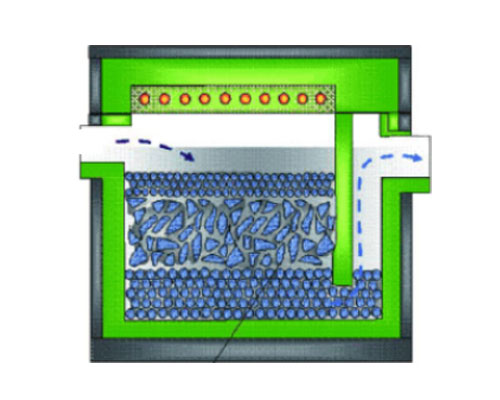
According to the filter material, it can be divided into three categories: mesh material filtration (such as glass cloth, metal mesh); block material filtration (such as loose particle packed bed, ceramic filter, foam ceramic filter); liquid layer filtration (such as flux layer) Filtration, electric flux refining. Filtering and refining of molten aluminum are carried out in the smelting process. This method is widely used in the aluminum processing industry and the recycled aluminum industry.
Surface filtration refers to the filtration of solid impurities mainly deposited on the surface of the filter medium, also called filter cake filtration. Net-like material filtration belongs to surface filtration. Deep filtration is also called internal filtration. The solid impurities are mainly deposited inside the pores of the filter medium. As the filtration progresses, the effective filtration section of the pores gradually decreases, the permeability decreases, and the filtration accuracy improves. Bulk material filtration belongs to deep filtration.
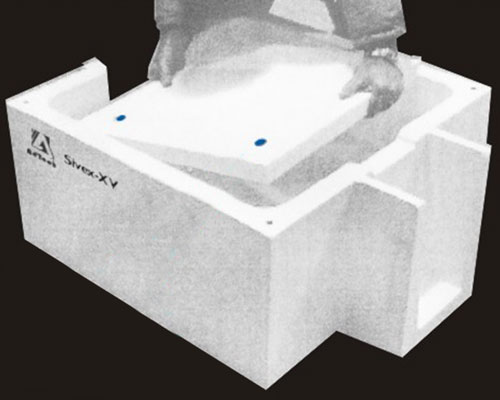
Filtering of Molten Aluminum
1) Mesh material filter. The filtering mechanism of the mesh material filter is mainly to mechanically separate the macroscopic and coarse non-metallic inclusions in the melt through the action of the fence. It can only trap inclusions in the melt whose size is larger than the mesh size (assuming that the inclusions cannot be deformed).
2) Block material filter. The filtering mechanism of the block material filter made of neutral materials is mainly to separate the solid inclusions in the melt through deposition, hydrodynamic and direct interception. The bulk material filter has a large specific surface, and the melt and the filter medium have the opportunity to contact the components. When the melt carries solid impurities along the slender channels of the filter with variable cross-sections for variable speed movement, due to solid inclusions The density and speed of the solid particles are different from those of the melt, so it is possible to produce deposition under the action of gravity, and due to the asphericity of the solid particles and the uneven shear force field, they produce lateral movement, which is The wall of the channel is hooked, stuck or adsorbed. The above phenomenon is intensified by the formation of a low-pressure vortex area where there is a sudden change in the pore section. In addition to the above-mentioned filtering mechanism, the block material filter made of active material also produces physical and chemical deep filtration due to the surface force and chemical force, so that the melt can be purified more finely. The bulk material filter can trap solid inclusions that are much smaller than the diameter of its pores.
3) Liquid layer filter: Liquid layer filter is to wash liquid metal with liquid flux. Its filtration mechanism is based on the physical and chemical reaction between the flux and non-metallic inclusions and the wetting, adsorption and dissolution of the flux to the inclusions.
4) Tubular filter: A filter with finer porosity to achieve high-precision filtration by increasing the filter area. The advantages are high precision and good filtering effect; the disadvantages are high cost, large floor space, high residual aluminum, and easy failure of the refiner.

